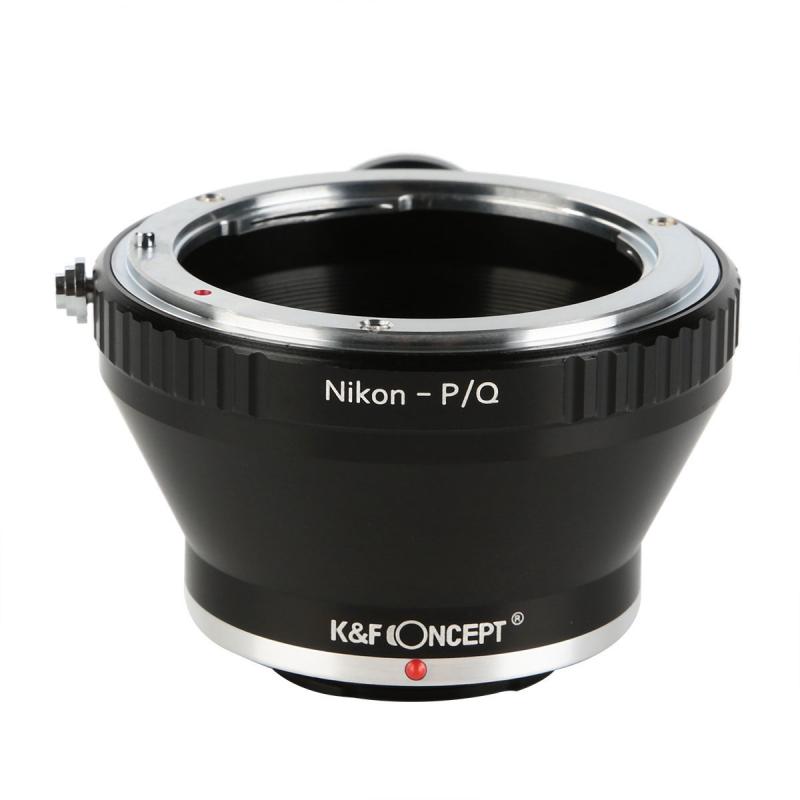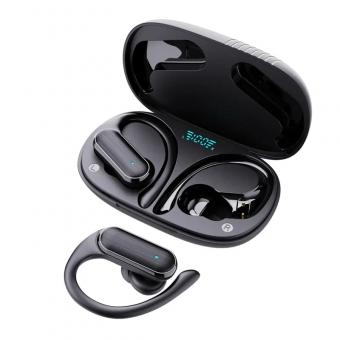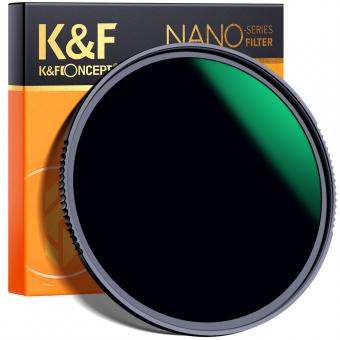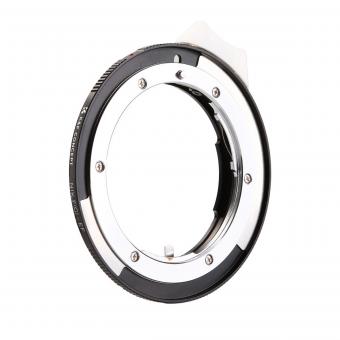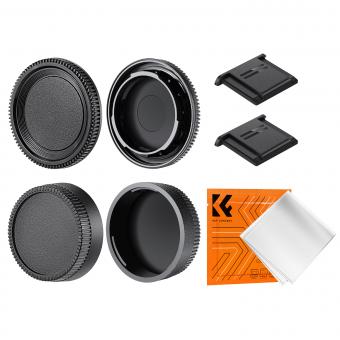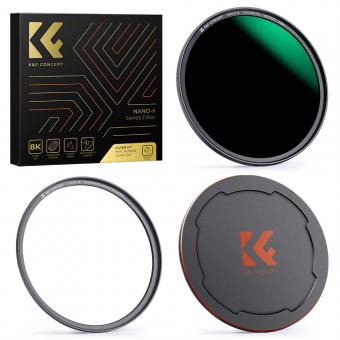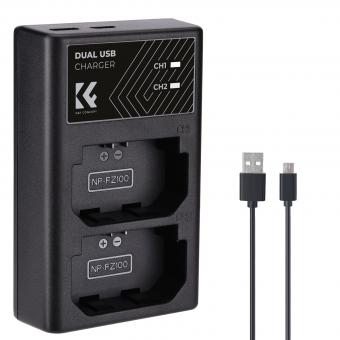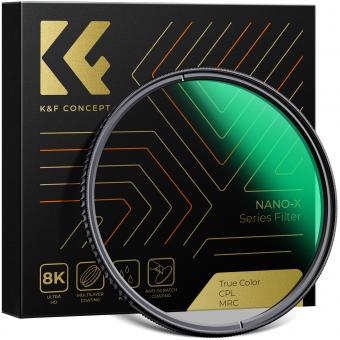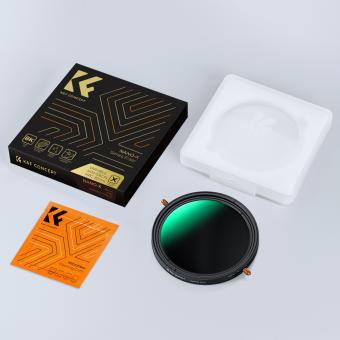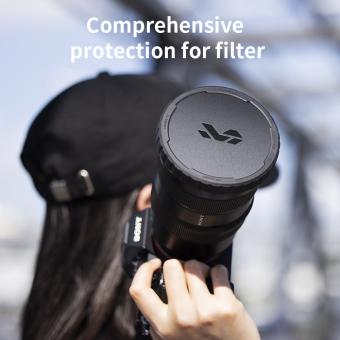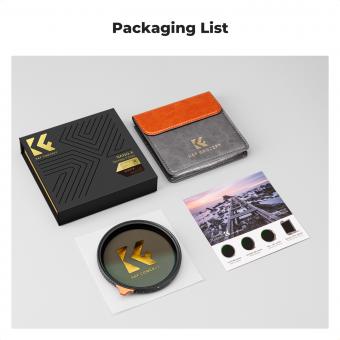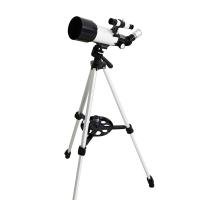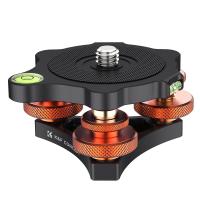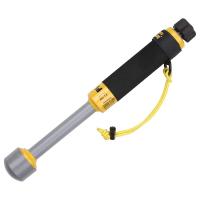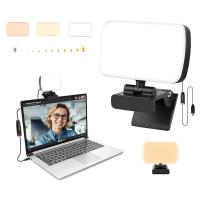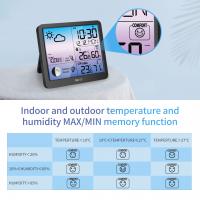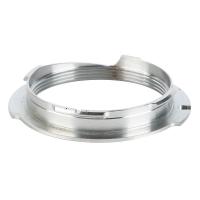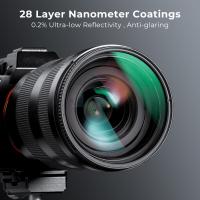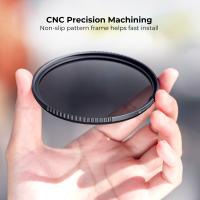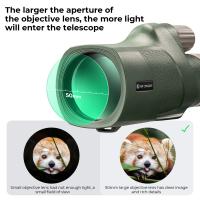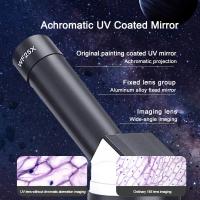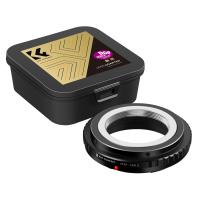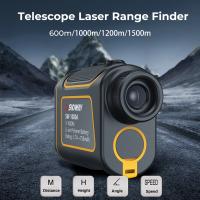What Size Filter For Nikon 70-300mm Lens ?
The Nikon 70-300mm lens has a filter thread size of 62mm.
1、 Filter thread size for Nikon 70-300mm lens
The filter thread size for the Nikon 70-300mm lens is 58mm. This means that any filters you purchase for this lens should have a 58mm diameter to fit properly.
Filters are a great accessory to have for any lens, as they can enhance your photography in various ways. For example, a UV filter can protect your lens from scratches and dust, while also reducing haze and improving overall image clarity. A polarizing filter can help reduce reflections and glare, making colors appear more vibrant and saturated. Additionally, neutral density filters can be used to control the amount of light entering the lens, allowing for longer exposures or wider apertures in bright conditions.
It's important to note that the filter thread size may vary depending on the specific version of the Nikon 70-300mm lens you have. Therefore, it's always a good idea to double-check the filter thread size before purchasing any filters. You can usually find this information in the lens specifications or by looking at the front of the lens barrel, where the filter thread is typically indicated.
In conclusion, the filter thread size for the Nikon 70-300mm lens is 58mm. Investing in filters that fit this size can greatly enhance your photography and provide creative opportunities for capturing stunning images.
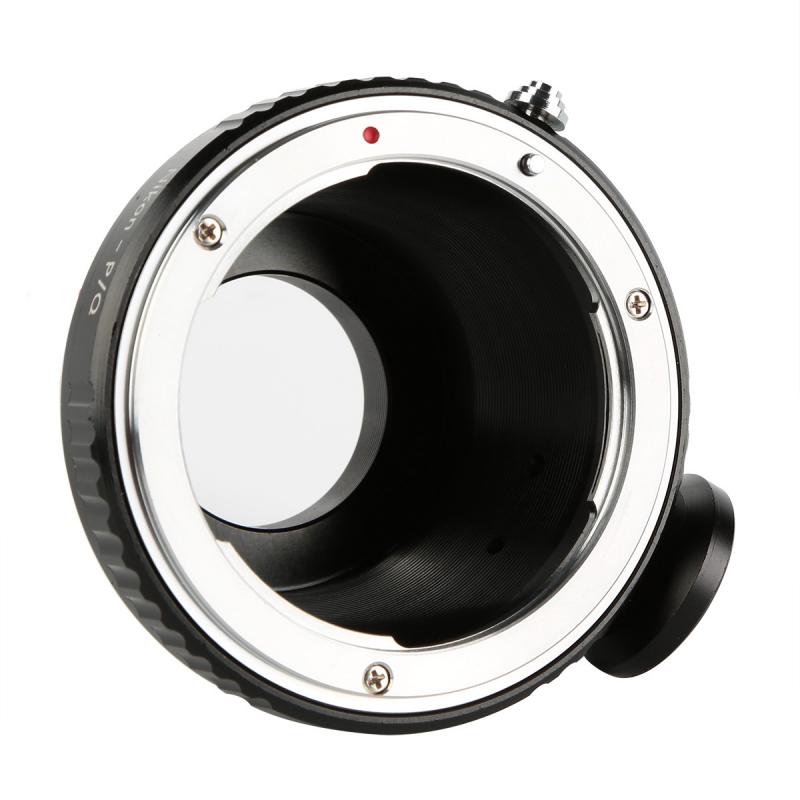
2、 Recommended filter size for Nikon 70-300mm lens
The recommended filter size for the Nikon 70-300mm lens is 67mm. This means that any filters you purchase for this lens should have a 67mm diameter. This size is standard for many Nikon lenses, including the 70-300mm.
Filters are a great accessory to enhance your photography and protect your lens. There are various types of filters available, such as UV filters, polarizing filters, and neutral density filters. UV filters are commonly used to reduce haze and protect the lens from scratches and dust. Polarizing filters help to reduce reflections and enhance colors, especially in outdoor photography. Neutral density filters are useful for controlling the amount of light entering the lens, allowing for longer exposures or wider apertures in bright conditions.
When choosing a filter for your Nikon 70-300mm lens, it is important to consider the quality of the filter. Investing in a high-quality filter will ensure that it does not degrade the image quality. Look for filters made from high-quality glass and with multi-coating to minimize reflections and flare.
It is also worth noting that some photographers prefer not to use filters at all, as they can sometimes introduce unwanted artifacts or reduce image sharpness. Ultimately, the decision to use filters or not is a personal preference and depends on the specific shooting conditions and desired outcome.
In conclusion, the recommended filter size for the Nikon 70-300mm lens is 67mm. Consider investing in high-quality filters to enhance your photography and protect your lens.
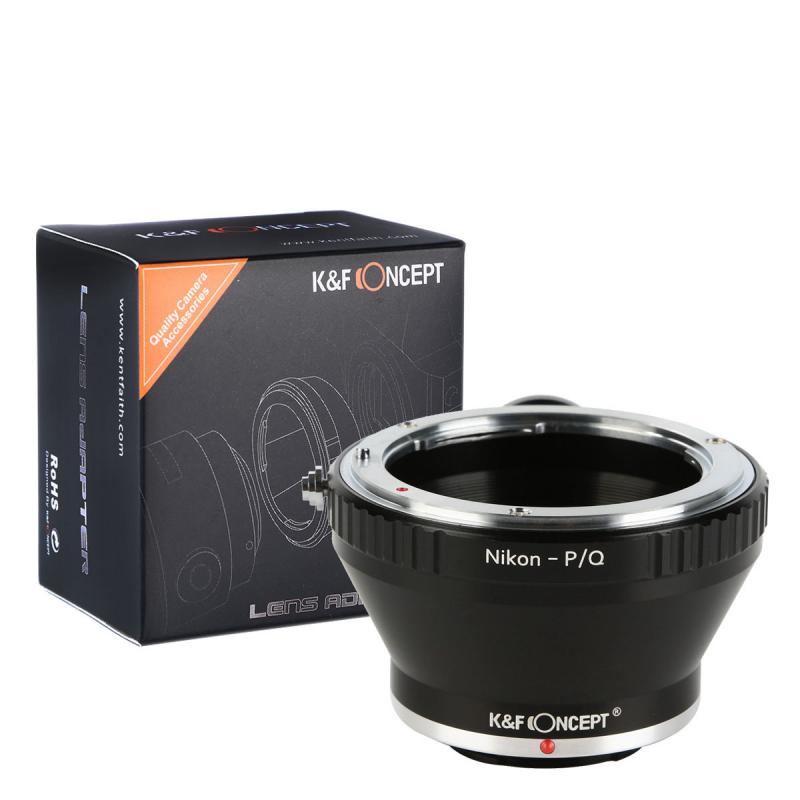
3、 Compatible filter sizes for Nikon 70-300mm lens
The Nikon 70-300mm lens is a popular telephoto lens that offers a versatile zoom range for capturing a wide range of subjects. When it comes to choosing the right filter size for this lens, it's important to consider the specific model you have, as Nikon has released multiple versions of the 70-300mm lens over the years.
The most common filter size for the Nikon 70-300mm lens is 67mm. This means that filters with a 67mm thread diameter will fit directly onto the lens without the need for any additional adapters. Some older versions of the lens may have a different filter size, such as 62mm or 58mm, so it's always a good idea to check the specifications of your particular lens model.
It's worth noting that the latest version of the Nikon 70-300mm lens, the AF-P DX NIKKOR 70-300mm f/4.5-6.3G ED VR, features a 58mm filter thread. This lens is designed specifically for Nikon DX-format DSLRs and offers a compact and lightweight design. If you own this particular lens, you will need to use filters with a 58mm thread diameter.
In conclusion, the compatible filter size for the Nikon 70-300mm lens depends on the specific model you have. The most common filter size is 67mm, but older versions of the lens may have different filter sizes. It's always best to check the specifications of your lens to ensure you choose the correct filter size.

4、 Commonly used filters for Nikon 70-300mm lens
The commonly used filter size for the Nikon 70-300mm lens is 67mm. This means that any filters you purchase for this lens should have a 67mm diameter.
Filters are a popular accessory for photographers as they can enhance the quality of their images and provide creative effects. There are several types of filters that are commonly used with the Nikon 70-300mm lens.
One of the most popular filters is the UV filter, which is used primarily for lens protection. It helps to reduce haze and protect the front element of the lens from scratches, dust, and moisture. Another commonly used filter is the circular polarizer, which helps to reduce reflections and glare, enhance colors, and improve overall image contrast. This filter is particularly useful when shooting landscapes or outdoor scenes.
Neutral density (ND) filters are also commonly used with the Nikon 70-300mm lens. These filters reduce the amount of light entering the lens, allowing for longer exposure times or wider apertures in bright conditions. ND filters are often used in landscape photography to create motion blur effects in water or to capture long exposures during daylight.
Graduated neutral density (GND) filters are another popular choice for landscape photographers. These filters have a gradient that transitions from dark to clear, allowing for better exposure balance between the sky and the foreground. They are particularly useful when shooting scenes with a bright sky and a darker foreground.
It's important to note that the filter size may vary depending on the specific model of the Nikon 70-300mm lens. Therefore, it's always recommended to check the lens specifications or consult with the manufacturer to ensure the correct filter size for your particular lens model.
